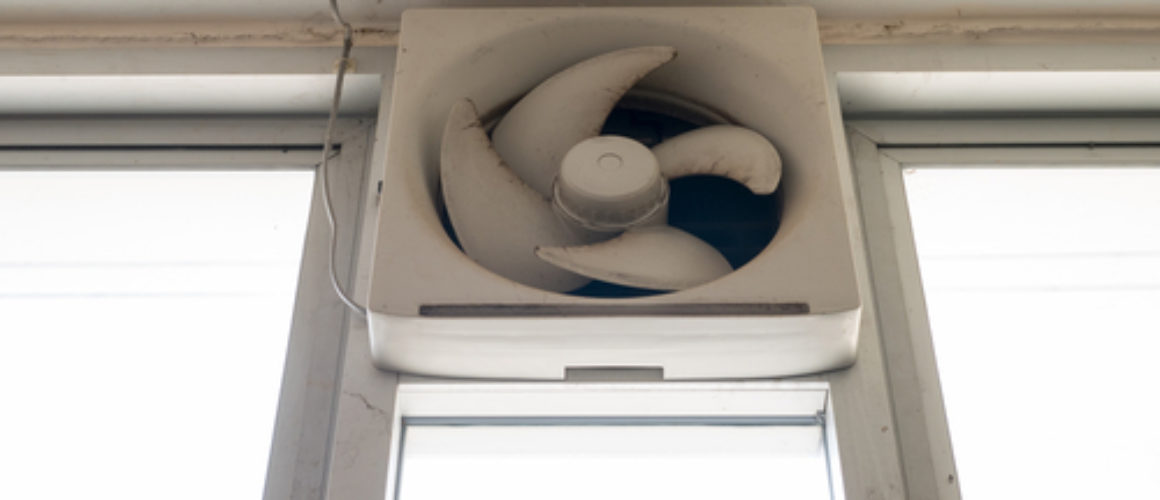Troubleshooting Extractor Fans: Common Problems & Solutions
Extractor fans are an essential part of any kitchen or bathroom, but they can be prone to problems. From strange noises to poor airflow, there are a range of common issues that can crop up. In this blog post, we’ll look at some of the most common problems with extractor fans and how to troubleshoot them.
Common Problems With Extractor Fans
Common problems with extractor fans include ones that aren’t connected properly to an outside vent, causing the fan to be ineffective at removing odours and steam from cooking. Poor connection of the extractor fan to an outside vent can be a major issue, as the fumes and steam from cooking can be damaging to both the kitchen appliances and the home itself due to condensation build-up. To prevent this, it is important to ensure the extractor fan is securely connected to the outside vent, allowing it to efficiently remove unwanted steam and odours. Additionally, if your extractor fan isn’t functioning correctly, it is possible it may need cleaning or servicing, as dust and dirt can cause blocking or reduce its effectiveness.
Another common issue is a fan that isn’t powerful enough to effectively move air through the ducting, resulting in poor ventilation and reduced air quality in the kitchen area. Extractor fans are designed to pull hot, moist air away from the kitchen, removing it from the room and releasing it outside. If an extractor fan is inadequate for the size of the kitchen area, it can cause humidity and moisture buildup, which can lead to mould growth, unpleasant odours and even health issues if ignored. To ensure optimal performance, choose an extractor fan that delivers at least 50 cubic meters per hour of airflow for a standard kitchen size.
A third common problem is if the extractor fan has been left on for too long or too often, which can cause it to overheat and become damaged, leading to expensive repairs or replacement costs. Also, when the extractor fan is left on for too long or too often, this can cause its components to overheat, leading to damage and expensive repairs or replacements costs. To avoid these costs and ensure that the extractor fan is running efficiently and effectively, it is important to follow manufacturer instructions regarding installation and usage.
Solutions for Troubleshooting Extractor Fans
If your extractor fan isn’t working properly, the first thing to do is to check the power supply and make sure that the fan is plugged in and receiving power. If the power supply is fine, next you should check for any blockages that may be preventing airflow. If the fan is still not functioning, then an inspection should be done to ensure the fan isn’t damaged. If the fan appears to be functioning normally, but still isn’t working properly, it may be due to a faulty motor or bearing and will require a repair by a qualified technician. Ultimately, if your extractor fan isn’t working as it should, it’s important to take the necessary steps to diagnose and rectify the issue.
If the power is on, then you should check for any blockages or obstructions in the ductwork or vents that could be preventing air from moving properly through the system. Besides ensuring that the power is on, it is important to check for any blockages or obstructions in the ductwork or vents which could be preventing air from properly circulating through the extractor fan system. If a blockage or obstruction is present, it is essential to clear it to maintain optimal performance of the system.
Wrapping up
To sum up, extractor fans are an essential part of keeping kitchens and bathrooms ventilated to prevent the buildup of condensation and airborne particles. But they can be prone to problems, from noisy operation to poor airflow. To reach a successful outcome when troubleshooting extractor fans, it’s important to identify the source of the problem, use the correct tools for repair, and only ever clean or take apart the fan with appropriate safety precautions in place. With these tips in mind, you should be well-equipped to keep your extracting fan running at its best for longer.




